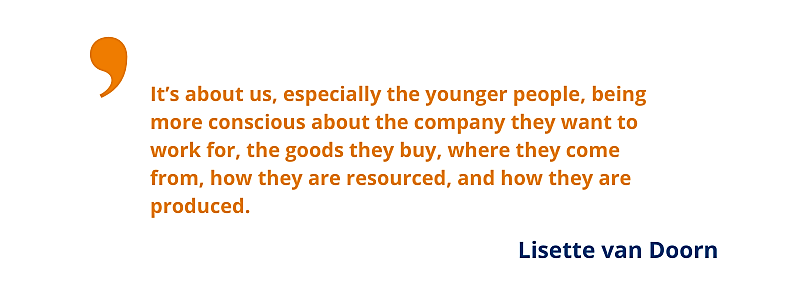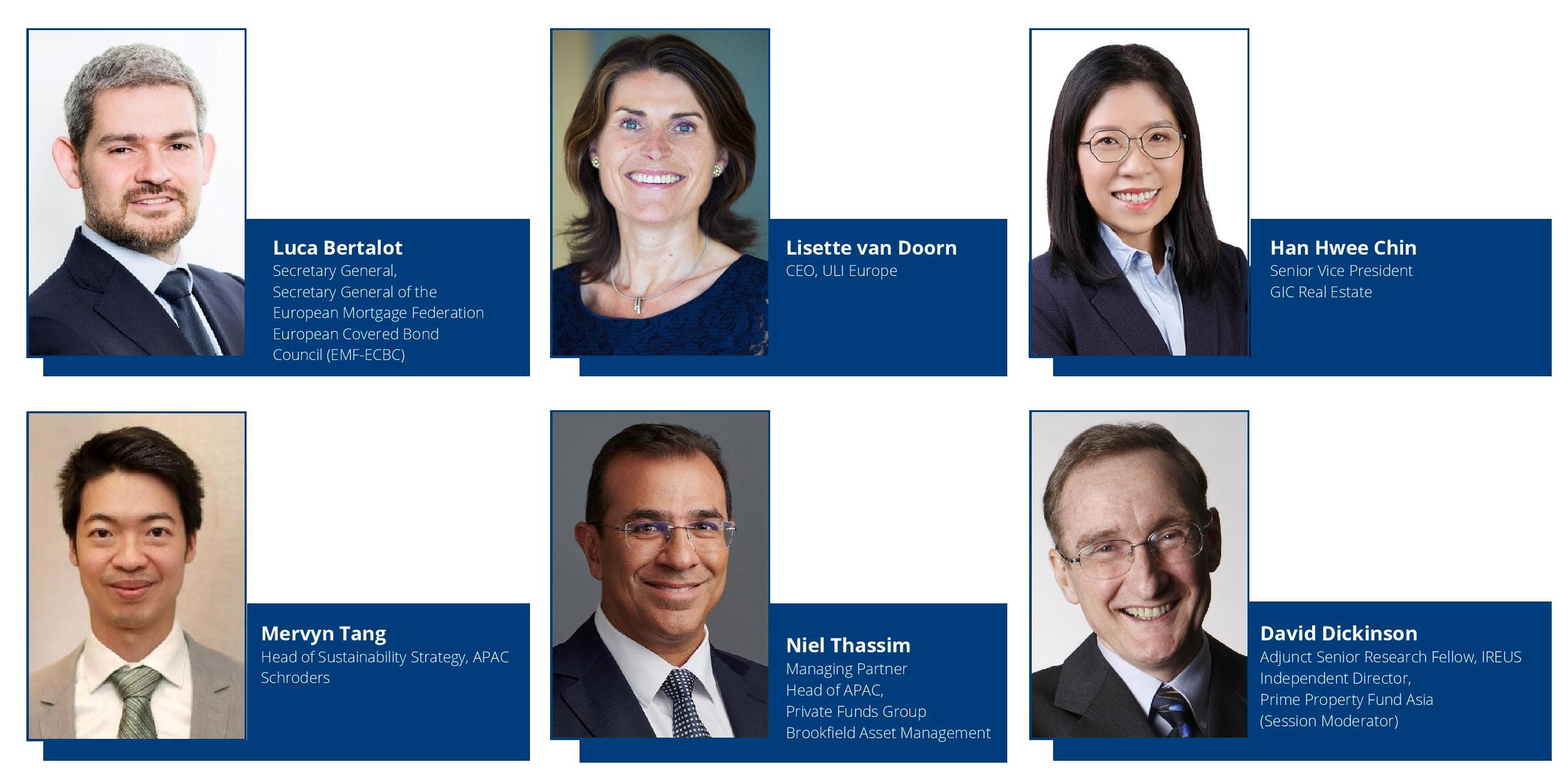Investing for good: doing things right or doing the right things?
Subject matter experts invited by IREUS talk about how businesses can do a “great reset” for greater sustainability and more social responsibility.
10 December 2021
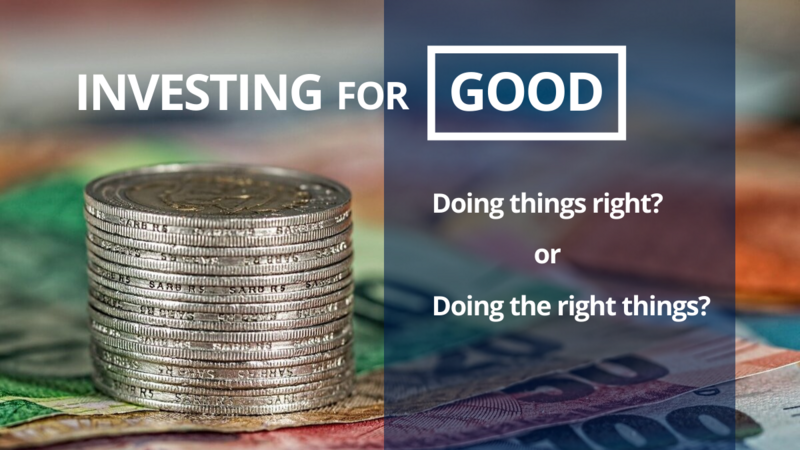
In his 1970 essay for the New York Times, Nobel Prize-winning economist Milton Friedman famously stated that “the social responsibility of business is to increase its profits”.
While the “Friedman doctrine” may come across as cavalier by todays’ ethos, it nonetheless framed the ethical underpinnings of how commerce should be done back then.
“Until relatively recently, business corporates, probably more so in the US, saw their sole responsibility as protecting the interests of shareholders,” said Dr Seek Ngee Huat, at the IREUS e-seminar of 23 November 2021, “Investing for good: doing things right or doing the right things?”
Dr Seek is the Chairman of the NUS Institute of Real Estate and Urban Studies and Chair’s Professor (Practice) of Real Estate at the National University of Singapore.
However, as Dr Seek highlighted, amid growing inequality and ecological deterioration, the environmental, social, and governance (ESG) agenda – which had niche beginnings in Europe – gained tremendous momentum and is today mainstream and global.
Therefore, it is timely now to ask whether we should proceed with business as usual by doing things right and continue making money with uncompromising efficiency, or whether we should perhaps pause, take stock, and ponder over doing the right things instead.
“Real estate has a huge responsibility to do our part,” said Dr Seek. “We have inherited a huge carbon footprint and will need a change of mindset to fundamentally shift from the traditional way of evaluating investments to responsible investing guided by ESG principles.”
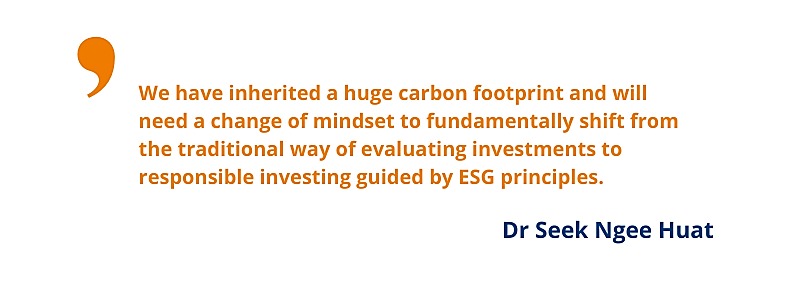
Redefining metrics for sustainable capitalism
On the back of the recent 2021 United Nations climate change conference (also known as COP 26), tackling climate change currently stands at the top of the ESG agenda. COP 26 lays out comprehensive goals for decarbonisation, the restoration of ecosystems, building defences against the fallout of global warming, and the mobilisation of finance to secure global net zero.
Against such a backdrop, money can no longer entertain a myopic obsession with growing itself at the expense of everything else – and there is optimism yet that the world is changing.
“Investors are starting to understand that the cost of not decarbonising far outweighs the cost of decarbonising,” said IREUS board member Niel Thassim. Mr Thassim is also the managing partner and Asia-Pacific head of Brookfield’s private funds.
“Two years ago, decarbonisation is a cost, and there’s a risk associated with that cost. No one really knew how to decarbonise, how much it will cost, whether there would be benefits, and how people would price a decarbonised asset versus a traditional asset,” he remarked.
However, more investors today are starting to regard reducing emissions as an opportunity rather than a liability, Mr Thassim noted. “Forty percent of the world’s carbon emissions come from the real estate and construction industry, and it is not a matter of ‘if’ but ‘when’ all of that is going to be addressed,” he added.
Pressure from stakeholders – from shareholders, lenders, tenants and the community – has pushed asset owners to go green, and quantifying these efforts through the price mechanism will be instrumental in bringing ESG forward along the road to net-zero by 2050.
Describing banks as “the engine” that could drive a paradigm shift, Luca Bertalot underscored the role of green finance in driving sustainability. He highlighted that valuation methodology in Europe is evolving to factor in “green” parameters when assessing the value of buildings. “Banks can now update the loan-to-value ratio of a property in case of energy efficiency renovation,” he said. Mr Bertalot is the Secretary-General of the European Mortgage Federation – European Covered Bond Council (EMF-ECBC).
“As a mortgage industry, we have more than 2,000 banks changing their best practices to capture ESG practice. When you want to buy or renovate a house, you need finance, and if you change the way to provide finance, you change the behaviour of consumers,” he added.
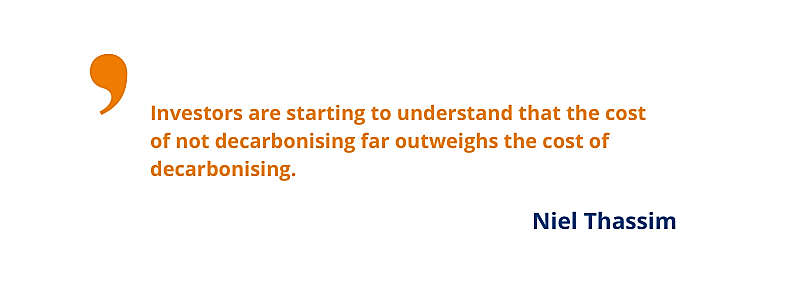
Going beyond the environment to social value

Even as concerted effort is being channeled towards the environment, fire-starter speaker Lisette van Doorn called for more attention to be directed towards the “S” in “ESG”.
CEO of ULI Europe, Ms van Doorn said: “The real estate industry owns the built environment, and this brings a responsibility for people’s wellbeing.”
Yet, unlike environmental initiatives that operate at the macro level, the creation of social value is very much localised, place-based, and subjective, taking into account the culture and norms of the community and its various stakeholders. Among other things, it is about creating employment opportunities for local people or empowering marginalised groups, Ms van Doorn noted.
Highlighting the need to start on the right foot, she emphasised the importance of getting the “right perspective” during the planning and development phase – which involves local needs analysis, stakeholder consultation, design considerations, and even choice of contractors and suppliers.
Sharing her experience as a portfolio manager, senior vice president of GIC Real Estate, Han Hwee Chin said: “Each asset is evaluated just to make sure that it fits the environment, it fits the community that the asset is supposed to serve and that it fits the tenants.”
With its origins harkening back to corporate social responsibility (CSR), ESG is itself evolving, and Ms van Doorn suggests that the next iteration would be Sustainable Development Goals (SDGs), which the UN adopted in 2015 as a universal call to end poverty, protect the planet, and ensure that all people enjoy peace and prosperity by 2030.
“ESG is more from a corporate-internal perspective, much like a risk-management approach,” said Ms van Doorn. “SDGs go one level further and look at what is really good for society.”
Voicing his concurrence, Mervyn Tang, APAC head of sustainability at Schroders, said that “there is an increasing focus on thematic funds targeting specific social issues … and both institutional and retail investors have been thinking more about social issues.”
The driver of change in this area would naturally originate from the demand side. “It’s about us, especially the younger people, being more conscious about the company they want to work for, the goods they buy, where they come from, how they are resourced, and how they are produced,” said Ms van Doorn.
Therefore, investing for good critically needs consuming for good to maintain a virtuous cycle that works in the long run.
